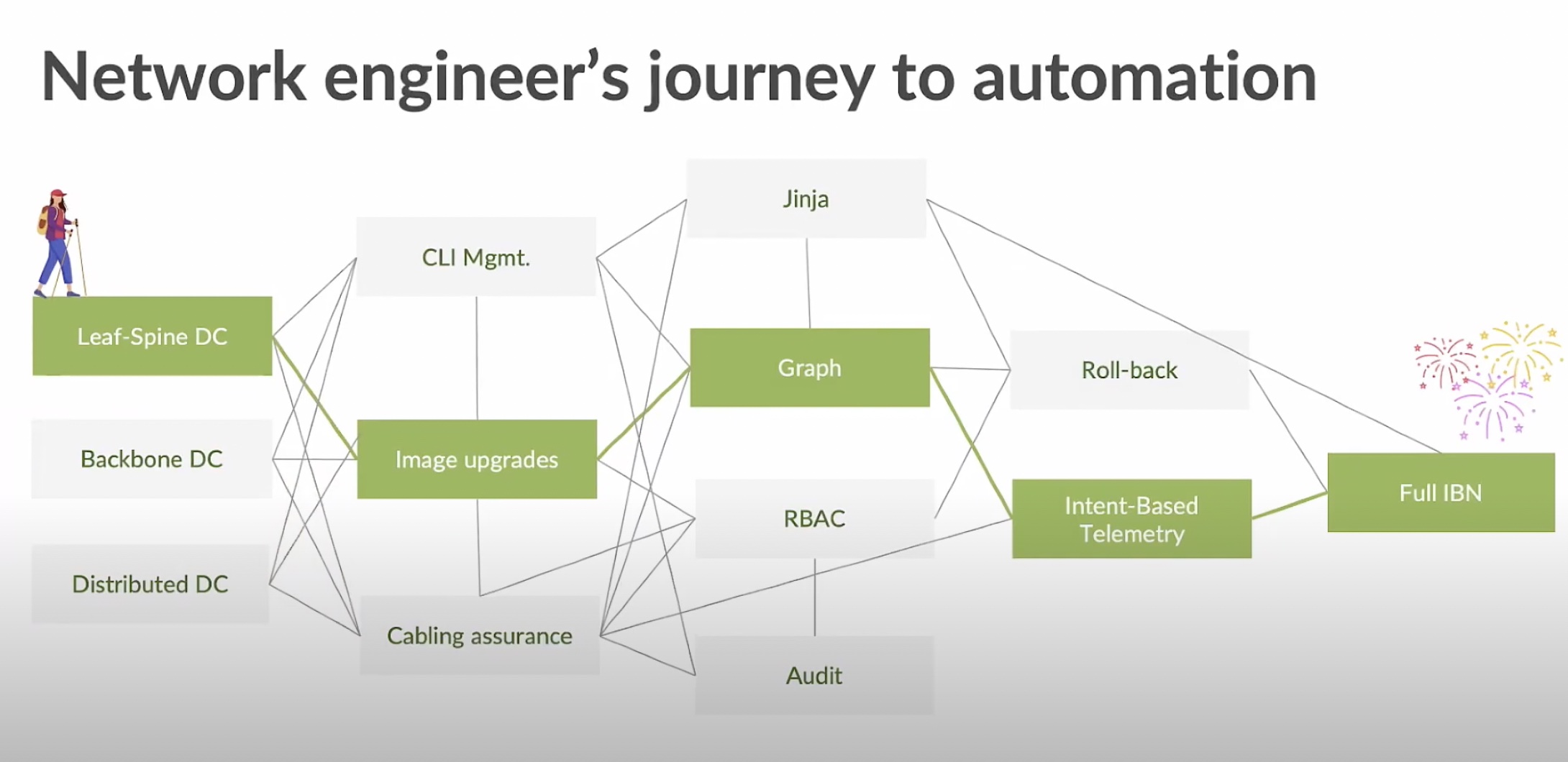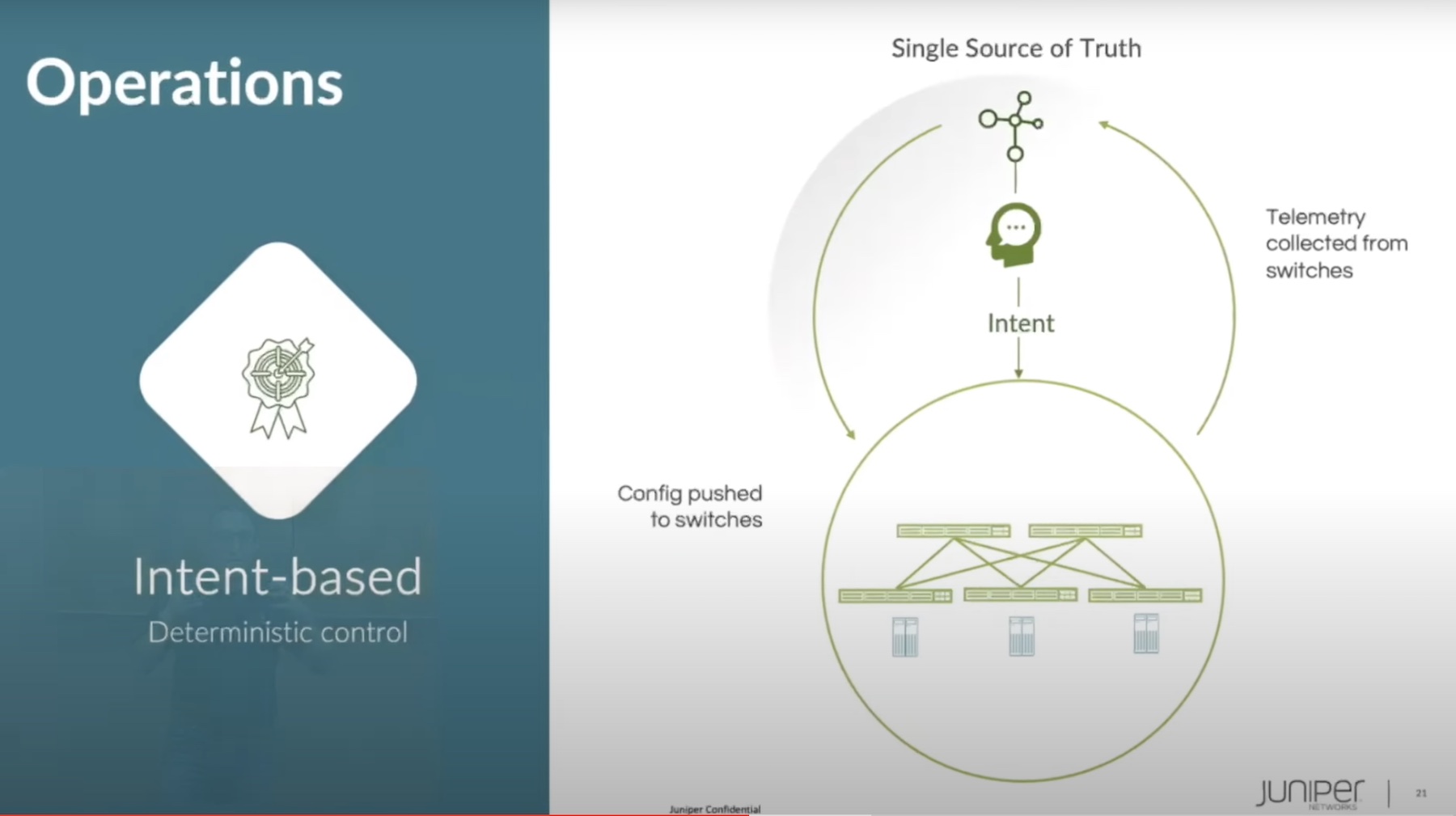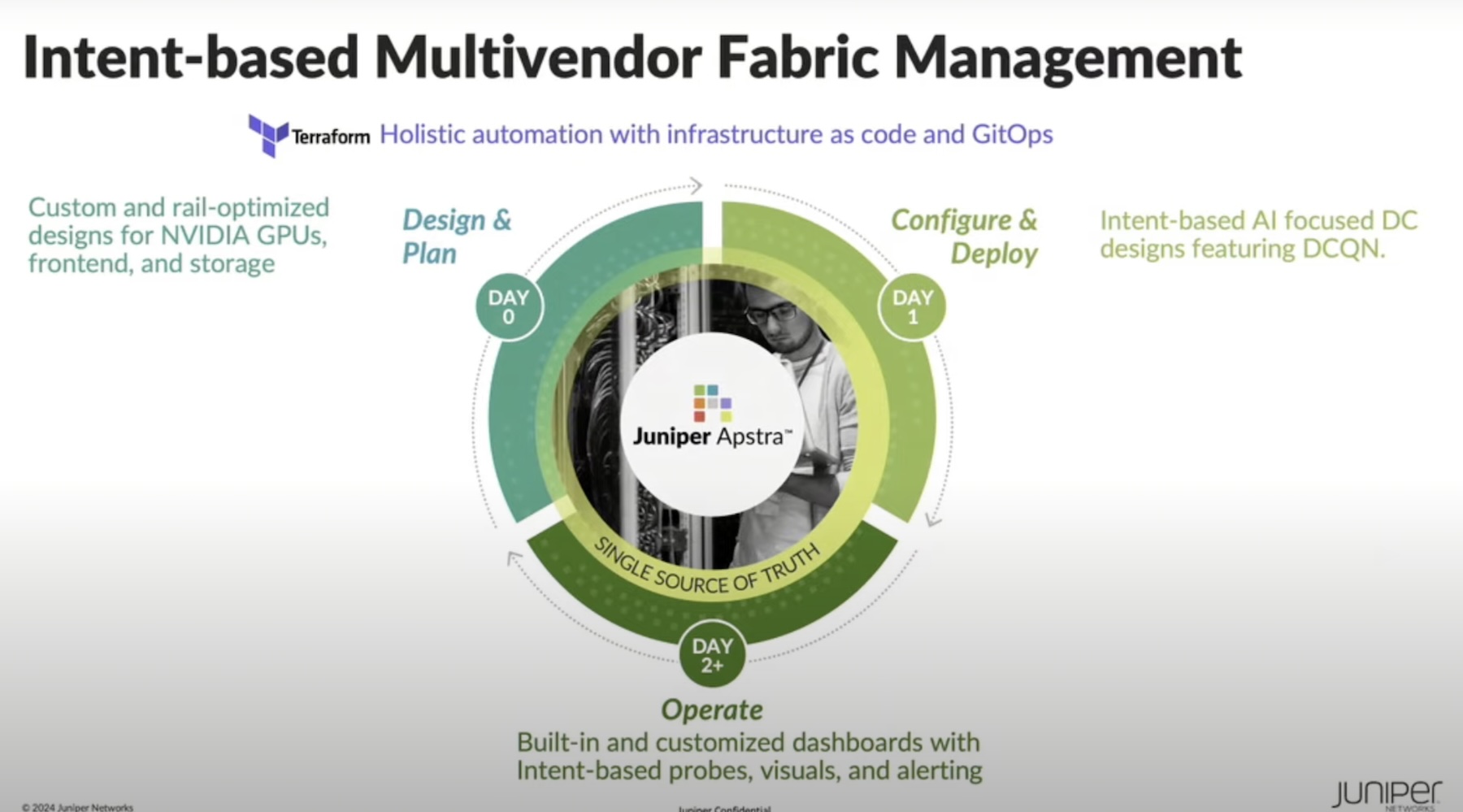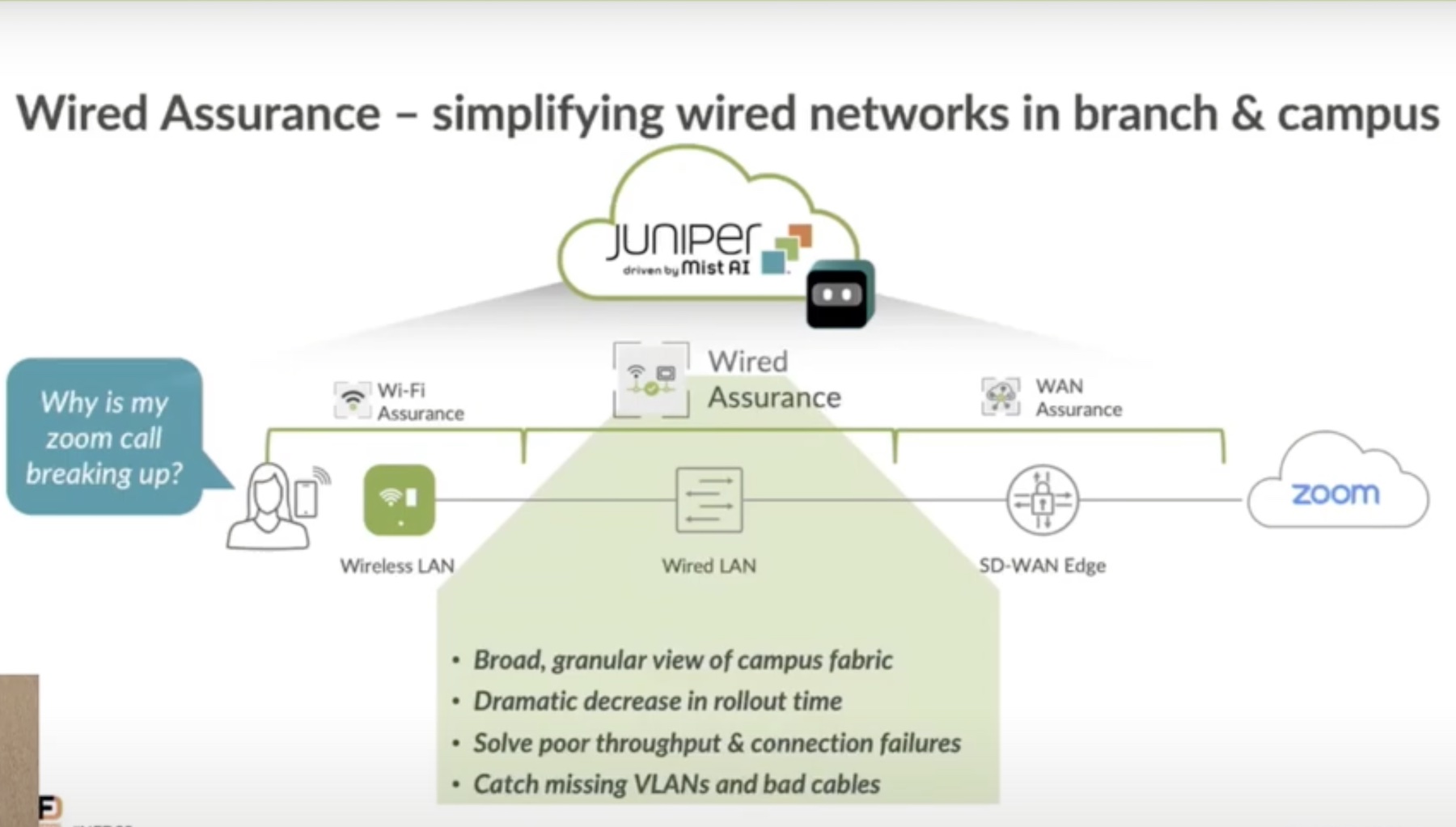In this hybrid, multi-cloud world where workloads can live at the edge, on-premises, or in the public cloud, a network operator’s job is never done. Network devices and interfaces always need connecting, configuring, and monitoring. Intent-based networking, though, lets the network operator get out of the weeds once they define the desired results, and the system manages the “how.” At May’s Networking Field Day event, Juniper Networks showcased its new features to the Apstra Operating System (AOS) like tagging and connectivity templates. These features enhance AOS’s existing blueprints and continue Juniper Apstra’s approach to “unified intent-based networking” solutions.
‘Making It So’ with Intent-based Networking
Many more move to the edge or back on-premises for every workload that moves to the public cloud. All of this workload migration and connecting would not be possible without the underlying network. But this network fluidity often comes with manual work for network operations who need to connect and manage network interfaces and devices. Also, there is a proliferation of network devices and interfaces that need to be configured.
In this world, the need for network automation is real. What if a network operator could define the desired results and the system managed the “how?” Setting an intention is a key attribute of Kubernetes. It’s also the basis for Intent-Based Networking (IBN). IBN can simplify network management while also adding the availability and robustness that today’s workloads demand.
Juniper Apstra Brings Context with Tags
At their Networking Field Day appearance, Juniper Networks showcased new features to the Apstra Operating System (AOS). Features like tagging and connectivity templates enhance AOS’s existing blueprints and continue Juniper Apstra’s approach to “unified intent-based networking” solutions that treat the network as a single system. Intent-based networking becomes more autonomous, available, and robust when coupled with context or metadata about devices and interfaces.
Tags, dubbed by the Juniper Apstra team as “first-class citizen metadata for devices and links,” lets network operators add context to interfaces. Tagging done consistently and universally can unlock insights into analytics and can make troubleshooting less cumbersome. For instance, why are only the interfaces tagged “storage” the only interfaces that keep flapping? These tags effectively group like interfaces or devices together. Network operators potentially unlock automation opportunities by being able to act upon large groups of tagged resources.

Juniper Apstra Enhances Day 2 Provisioning with Connectivity Templates
On the other hand, connectivity templates make it easier to apply intent and ultimately make provisioning devices and interfaces quicker, more reliable, and ultimately more consistent. Connectivity templates can be used to assign VLAN membership, routing policy, and BGP peering. When users combine tagging and connectivity templates, users gain a way to streamline network operations that can mean significantly more uptime. EVPN configuration and management can be notoriously complex. Leveraging Juniper Apstra blueprints for EVPN/BGP fabric combined with tagging can make provisioning large groups of interfaces or devices painless. Steps include tagging, creating a connectivity template, using tags to select interfaces, and then assigning those interfaces or devices to apply connectivity templates.
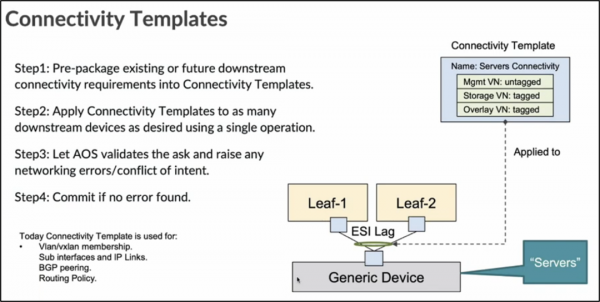
Conclusion
All devices and interfaces are not created equal. Tagging lets administrators add important context like this. Additionally, tagging is a precursor to pragmatically applying connection, firewall, or other policies to a broad spectrum of devices and interfaces. In this space, connectivity templates enable network operations to act upon large groups of interfaces and apply policy consistently. To learn more about how Juniper Apstra can help bring intent to all networking things with your fabric, check out Juniper’s presentation from Networking Field Day. Additionally, these videos are also a great way to learn more about Juniper Apstra’s support for NSX-T.

